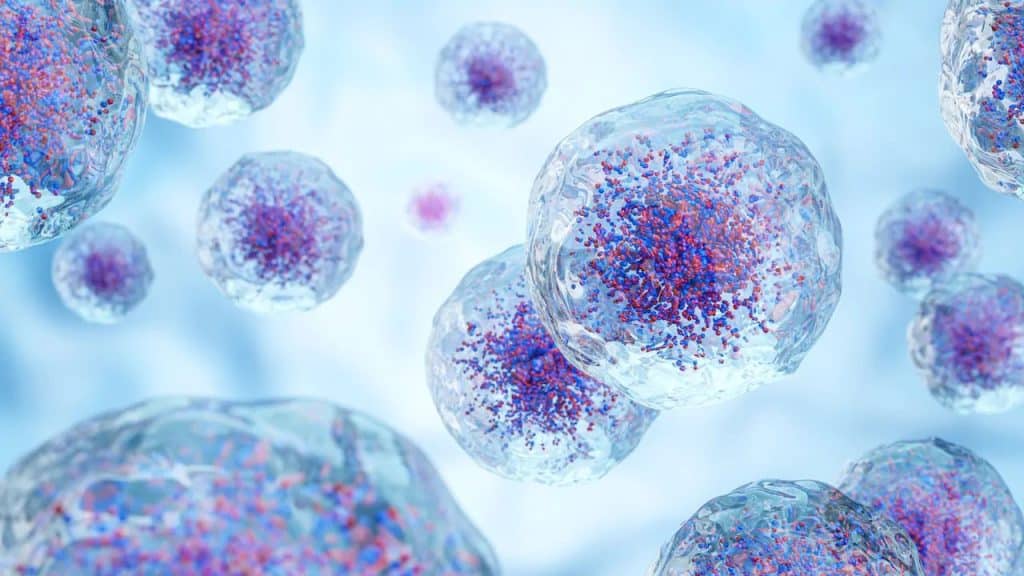Senescent cells are one of the big bugbears of aging. They don’t work properly anymore, and they release toxins that contribute to all kinds of health problems. If we can’t stop them from developing, we can at least try to remove them, but how can we do it without causing damage to healthy cells in the process? A new technique may allow for a more selective approach (https://longevity.technology/news/selective-removal-of-aging-cells-opens-door-to-new-therapies-for-age-related-diseases/).
If you have any interest in longevity science, you’ve probably encountered senescent cells before. They’re sometimes known as “zombie” cells because even though they’re dead or damaged, they hang around and cause trouble for healthy tissue. That’s why senolytics, treatments that target and eliminate senescent cells, have become a major field of research. There’s a problem, though. There’s no single specific way to separate senescent and non-senescent cells. Healthy cells can be destroyed, too.
Most senolytics are targeted at what’s known as antiapoptotic proteins because these occur with more frequency in senescent cells than they do elsewhere. Although they’re more common, they’re not exclusive. Healthy cells can have antiapoptotic proteins, too. If they’re killed off by the treatment, you could experience undesirable side effects.
Ulsan National Institute of Science and Technology (UNIST) is based in South Korea. Its researchers teamed up with Professor Hyewon Chung, who’s based at Konkuk University. They wanted to develop a new therapeutic approach with self-assembling senolytics that could be much more selective in the cells they targeted. Greater efficiency should mean fewer side effects.
Specifically, the approach aimed to target the receptors found in the mitochondrial membranes of senescent cells as they age. These cells also contain increased amounts of reactive oxygen species (ROS). The organic molecules developed by the researchers assembled oligomers, or small, repeating units of molecules, through the creation of disulfide bonds.
These oligomers formed stable structures not unlike a protein in formation. When they bound themselves to the aged cell membranes, they disrupted and eventually destroyed the entire senescent cell. As UNIST’s Professor Ja Hyong Ryu, one of the leaders of the study, stated, “This approach represents a new paradigm for treating age-related diseases.”
If the techniques involved in this study continue to show success and can become more widespread, they could mark a major step forward in longevity science. Other researchers may be able to use these results to design future trials.




